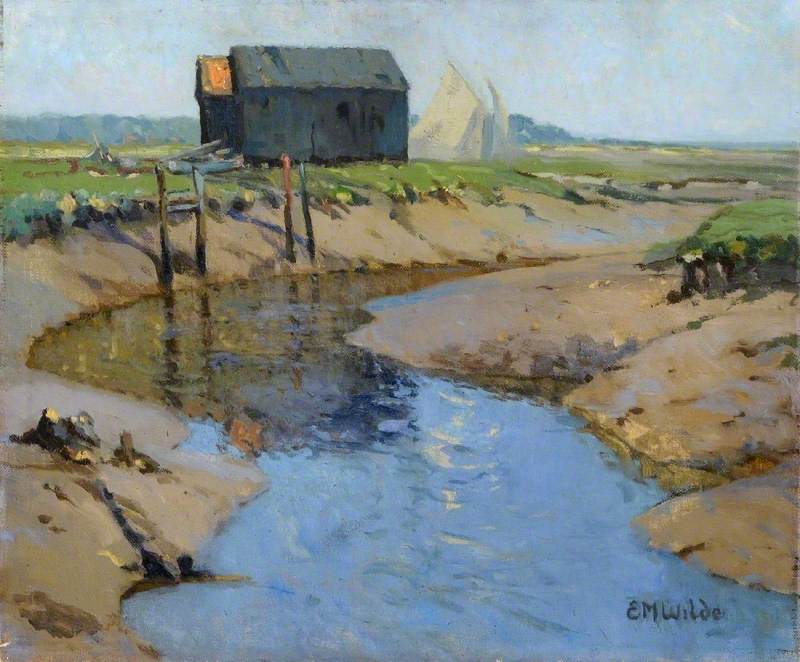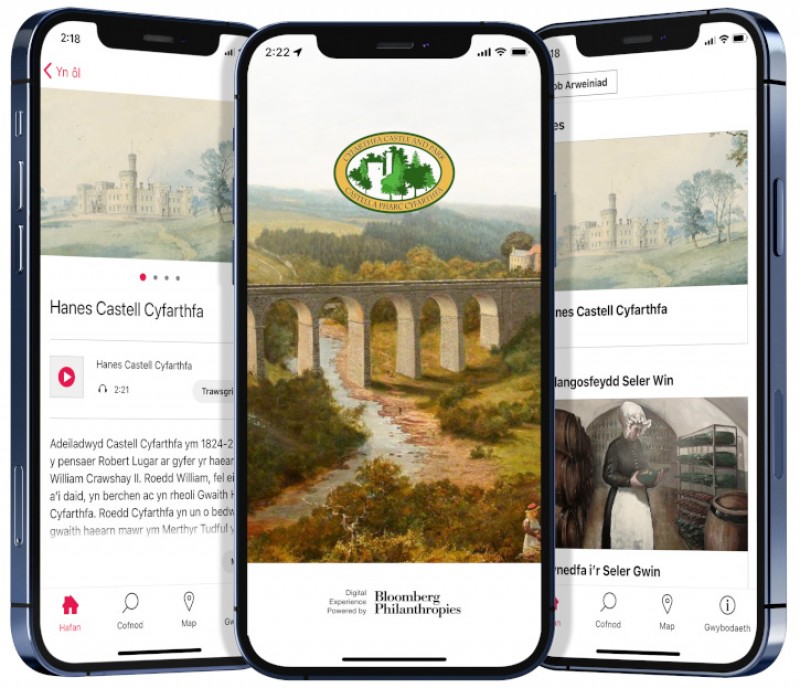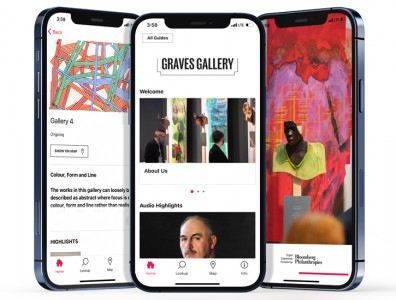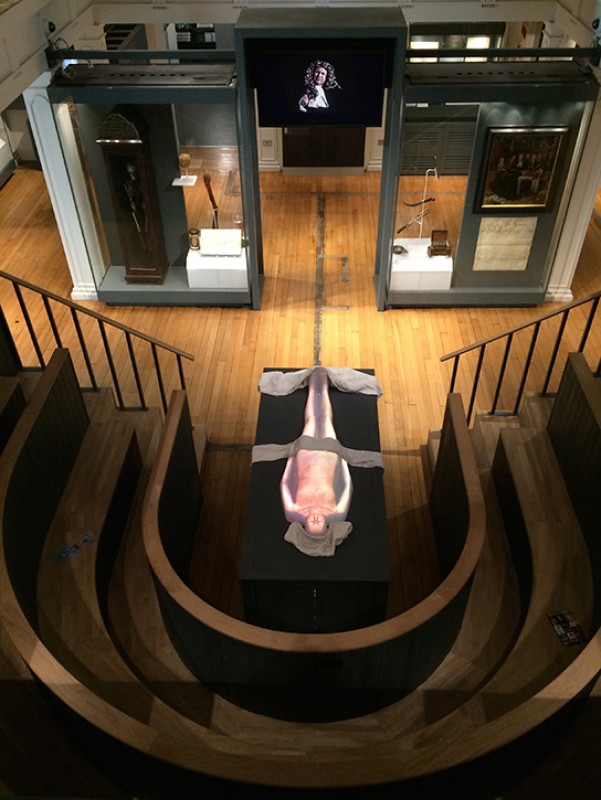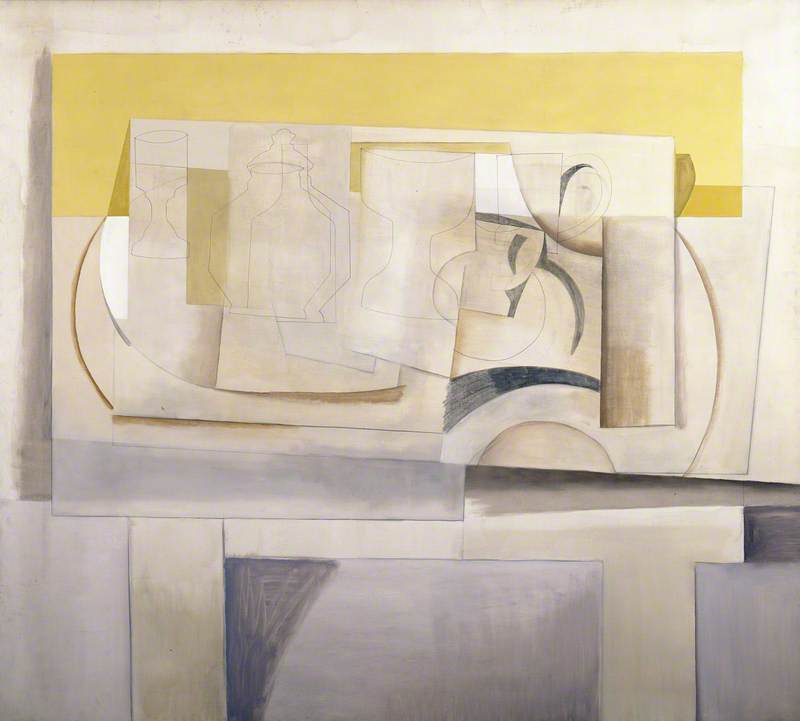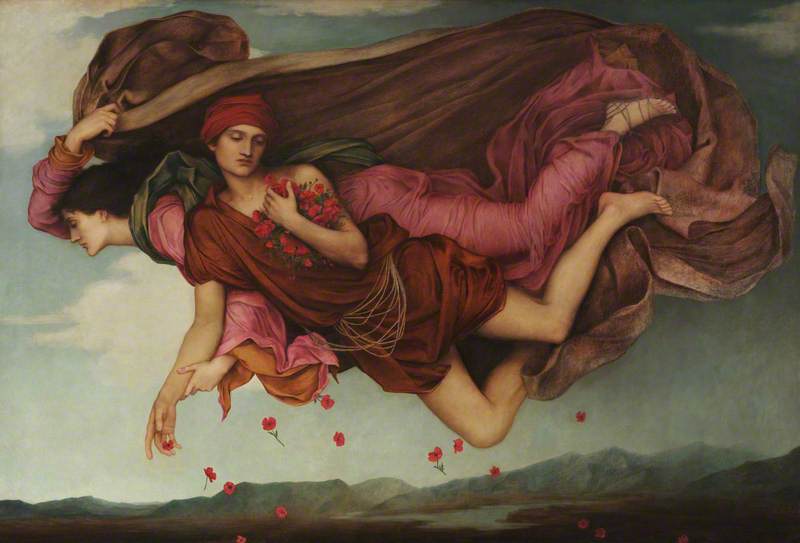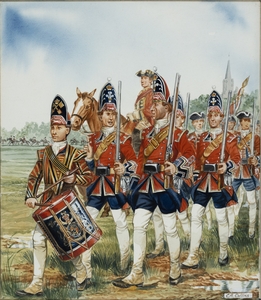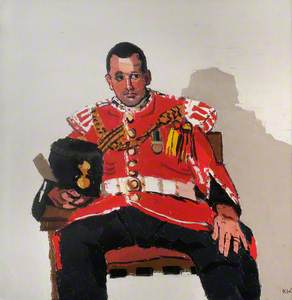This may be the first you've heard of the Royal Welch Fusiliers Museum, but with the help of Art UK and Bloomberg Philanthropies, it shouldn't be the last. The museum is located within Caernarfon Castle –a renowned feature of the Welsh landscape since the thirteenth century – and was used for the investiture of King Charles as Prince of Wales in 1969. The regiment itself was raised following the 1688 'Glorious Revolution' on 16th March 1689. Just over 335 years later, the Royal Welch Fusiliers Museum's guide will be launched on the Bloomberg Connects app.
Closing the Gate at Corunna, 1809
1955
Gilmore Mervyn Boyce Colenso-Jones (active 1955–1957) 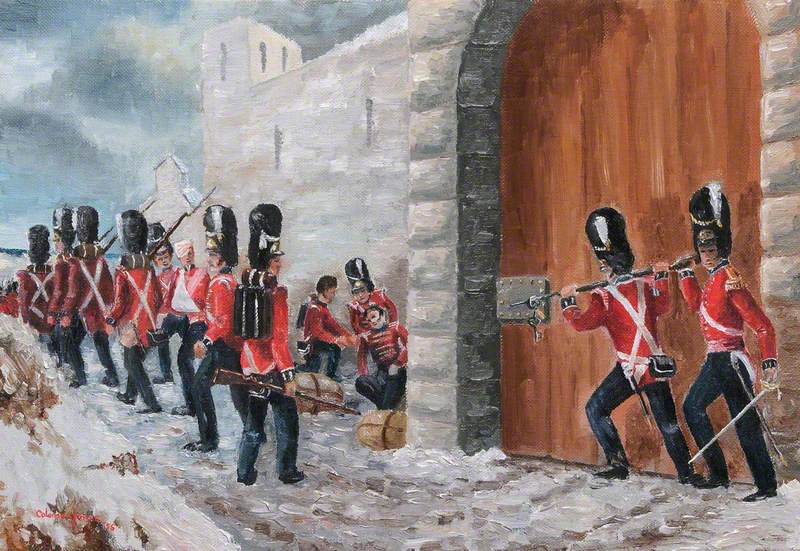
The Bloomberg Connects app is a free digital guide where you can delve into content from an abundant variety of cultural organisations – from Governor's Island in New York to the Anne Frank House in the Netherlands. Wherever you are across the globe, through the app you can access a range of content to enhance your visitor experience or just enjoy the content from your own home.
Royal Welch Fusiliers at Minden, 1759
Christopher A. Collins 
The Royal Welch Fusiliers Museum is eponymous to the Royal Welch Fusiliers regiment, Wales' oldest infantry regiment. The Fusiliers have a wealth of history that stretches across three continents; their story is told throughout the Museum. You can hear about the American War of Independence and how the Fusiliers were the only regiment not to surrender its colours at Yorktown. Or, how Private Albert Hill was awarded the Victoria Cross due to his magnificent conduct during the Somme Offensive of 1916. He is one of 14 members of the regiment to be awarded the VC – he was also a holder of the French Croix de Guerre and the Russian Cross of St George, two of various medals that have been held by members of the Regiment. The museum's abundance of medals shows the various battles and wars the regiment has been involved in throughout its three centuries.
Sergeant Luke O'Connor Winning His VC at the Battle of the Alma, 20th September 1854
Louis William Desanges (1822–1906) 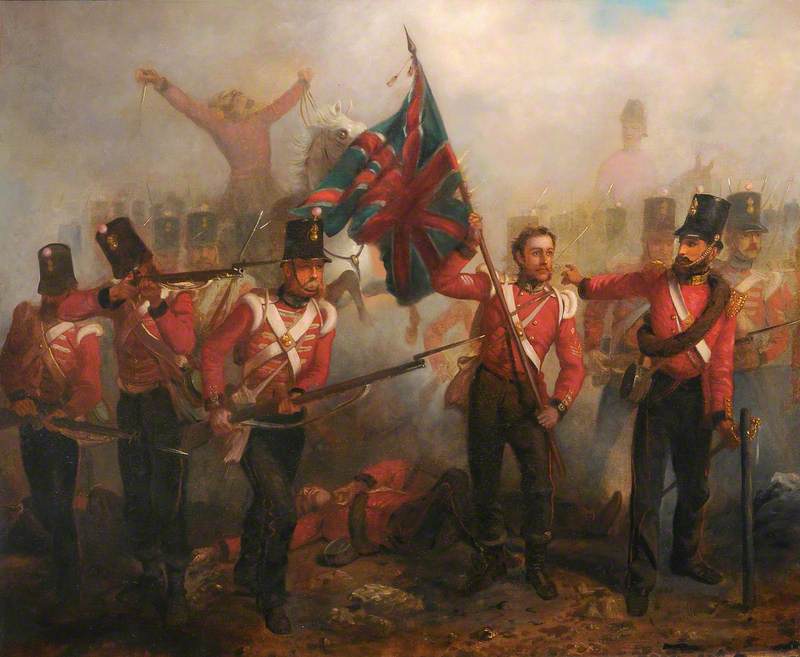
One of the Museum's remarkable collection items is the 'Alma Colour' (military colours being a flag or banner held by the infantry). This Regimental colour was carried at the Battle of Alma in the 1854 Crimean War, which was fought against the Russian Empire. It was jointly presented with the Sovereign's colours by the Prince Consort, Prince Albert in 1849. Following the ensign to the colour, J. H. Butler was killed. The Commanding Officer, Lieutenant-Colonel Harry Chester, would then carry the colours but would ultimately suffer the same fate – so they were then carried by Sergeant Henry Smith. The colours would have been a focal point for enemy fire; the Alma Colour was pierced by 16 cannon balls. It was continuously used until 1880.
Corporal Norman Pritchard, Goat Major, 3rd Battalion
1983
Kyffin Williams (1918–2006) 
The stories of these courageous Fusiliers are told throughout the museum and the Bloomberg Connects App is one of many endeavours to not only make heritage accessible but to tell these stories on a wider scale to a global audience. Download the Bloomberg Connects app today and explore the Royal Welsh Fusiliers Museum guide.
Emily Lewtas, intern at the Royal Welch Fusiliers Museum
